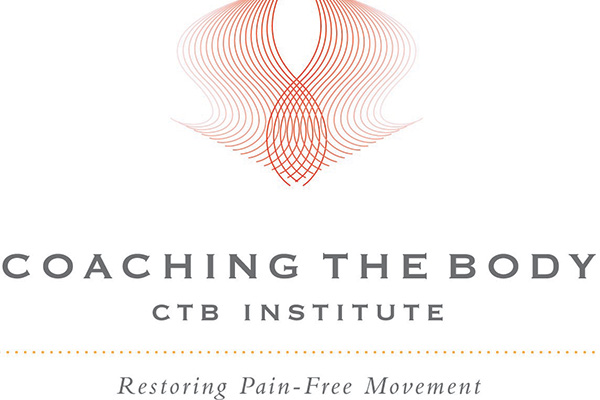
The following blog post is sponsored by the Coaching the Body Institute.
A client suffering from sciatic pain comes to see you. Where do you start your assessment?
Back when I started out as a therapist, I would’ve focused strictly on the hips and low back. But after 15 years of clinical observation, one thing has become abundantly clear: sciatic and knee pain often start where the feet meet the ground. In fact, the feet and ankles can be potent instigators of pain all over the body.
So, let’s start by...
Dispelling the Myth of Muscle “Weakness”
A common therapeutic belief is that weak muscles are responsible for many types of pain. Is the patient shuffling along with severe hyperpronation and severe sciatic pain? Let’s put them on the abduction machine and strengthen those “weak” glutes!
Unfortunately, this approach often makes their pain worse.
Why? Because we failed to ask why the gluteal muscles became so functionally weak.
Often, their glutes are so dense that you can't even generate enough compression for them to feel anything! Why would we think a muscle like that is weak? Why would we think that further torture and overwork would improve the situation?
What’s missing here? Trigger point knowledge.
Trigger points can make muscles weak, even though they have plenty of mass and capacity. And when you release the trigger points…voila!... strength returns.
But if you follow the “weak muscle myth,” and further challenge those already overloaded muscles, the pain gets worse.
Getting to the True Source
Knee pain is commonly explained via mechanical dysfunction, such as:
- The stresses of poor alignment
- Femoral rotation
- Valgus knee
In my experience, traditional medicine tends to overemphasize these mechanical, “injury-centric” explanations for pain. However ...
Statistically, most pain comes from trigger point referral, and the knee is no exception. Even in the presence of clear signs of inflammation, I have found that treating chains of referral in functionally relevant muscles is much more likely to be successful.
The gluteus medius, gluteus minimus, and adductors are very sensitive to disturbances in gait. They develop trigger points and set up a referral chain up into the back and down the leg.
Satellite referral and trigger points can seem pretty mystical to the uninitiated. And it may be years before science fully explains these strange phenomena.
How Anatomical Irregularities Foster Trigger Points
On to the next question: Why is the client’s gait disturbed?
The answer is frequently related to hyperpronation. Hyperpronators have excess mobility in the ankle and foot, leading to an appearance of flattened arches (the arch is intact, but it just collapses on to the floor as the foot “falls off” the subtalar joint).
When the foot collapses medially, the glutes have to work harder to abduct and stabilize the leg. This extra work causes them to develop trigger points. This in turn causes them to refer pain into the quads, knees, hips, and lower back.
Additionally, when the gluteal muscles become functionally weakened, the body will recruit other hybrid action muscles (like the TFL) to pick up the slack. And then those muscles become troubled.
I’ve seen this domino reaction from hyperpronation to sciatic pain so many times. And it’s why I place so much importance on correcting foot and ankle alignment. When you can remove that “domino” where the foot hits the ground, you can stop pain in its tracks.
And then your patient can walk, play tennis, even strengthen their glutes—all without pain.
If you’d like to see how we analyze and treat sciatic pain, click here to register for our new free web class for ABMP members.

Chuck Duff, Founder, Coaching the Body Institute